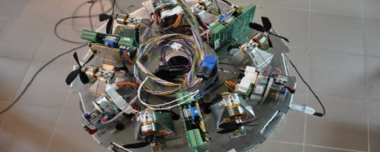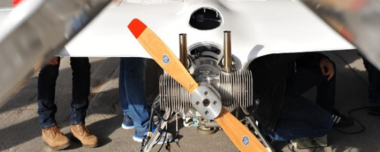Research
Being part of the production and management engineering department, the laboratory of robotics and automation performs and promotes research in application problems that rise in the area of robotics for industrial and service applications, as well as industrial automation.





